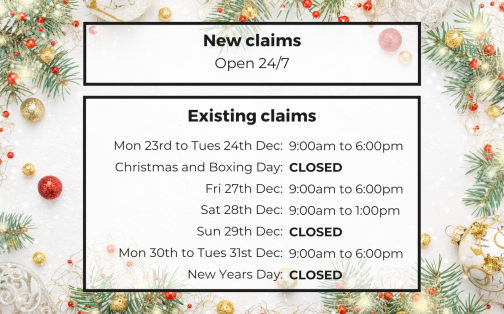

Driverless Cars Could Create More Questions After Uber Crash
Late last month, 49-year old Elaine Herzberg was crossing the road when she was struck by one of the driverless cars being road tested by Uber in Tempe, Arizona. She tragically died of her injuries, and the ride-sharing giant quickly took action to avoid further pedestrian accidents by suspending active trials on driverless cars in North America.
The car was in autonomous driving mode at the time of the accident, but there was still a human acting as a monitor inside the vehicle, as is common with testing of driverless cars. All of which brings forward an interesting question; who is going to be at fault for pedestrian accidents involving driverless cars? It's a question that is going to have to be answered soon if driverless cars are to become a common sight on the road.
Who is liable?
The death of Elaine Herzberg puts the manufacturers behind driverless cars in uncharted territory, as previous accidents have proven to be non-fatal and have been settled confidentially out of court. In this case though, the first pedestrian fatality involving an autonomous car, any legal action will potentially have to target multiple groups including; Uber, the car manufacture (Volvo), the self-drive software developer, and the human element in the car.
Only time will tell which parties end up facing legal action, and in fact it could be that each and every one of them is sued or tried in some way. Whatever happens though, the path the legal action takes will definitely set a precedent, and that precedent will decide how blame is portioned out between manufacturers, owners, software developers and others should there be another fatal collision involving driverless cars and pedestrians in future.
How will this accident affect the future of driverless cars?
Despite the tragic circumstances, the death of Elaine Herzberg is unlikely to slow the progress of driverless cars too much. There has been far too much money and research poured into the concept for it to come to a halt now, and many would argue that the end goal is to make the roads safer than they are with human drivers behind the wheel. That being said, the matter of liability in pedestrian accidents involving driverless cars must be settled for companies to better understand their responsibilities to the public.
US legal experts state that any a lawsuit involving an autonomous vehicle would likely revolve around whether there was an inherent flaw in the self-driving system, whilst the team behind the software would likely point to the behaviour of the car prior to the collision to show whether or not the collision was unavoidable and the fault of the pedestrian.
What happens next?
It is currently undecided whether or not a case will be brought to trial, settled out of court, or taken further at all. If action is taken, we could find out whether Uber, Volvo or the software developers signed indemnification agreements. Agreements such as these see one company assume the costs, a model that would make it easier in the future to determine liability, if not true fault, more quickly.
Thankfully the UK is yet to see any serious pedestrian accidents involving driverless cars, but if and when it happens there is no doubt we will be looking to the outcome of the events in Tempe, Arizona, as a guide to establishing liability.
If you've suffered a pedestrian accident that wasn't your fault, contact Winns today. You can call us, request a call back, or speak to a member of the team via Live Chat.
Share this article
Request a Callback
Had an accident that wasn’t your fault? Leave your details and we’ll call you back.
Thank you
Thank you for your request, one of our team members will be in touch shortly.
Find Out MoreExisting Client?
Keep on top of your claim 24/7, 365 days a year with Touchpoint, accessible from any internet-enabled device.



